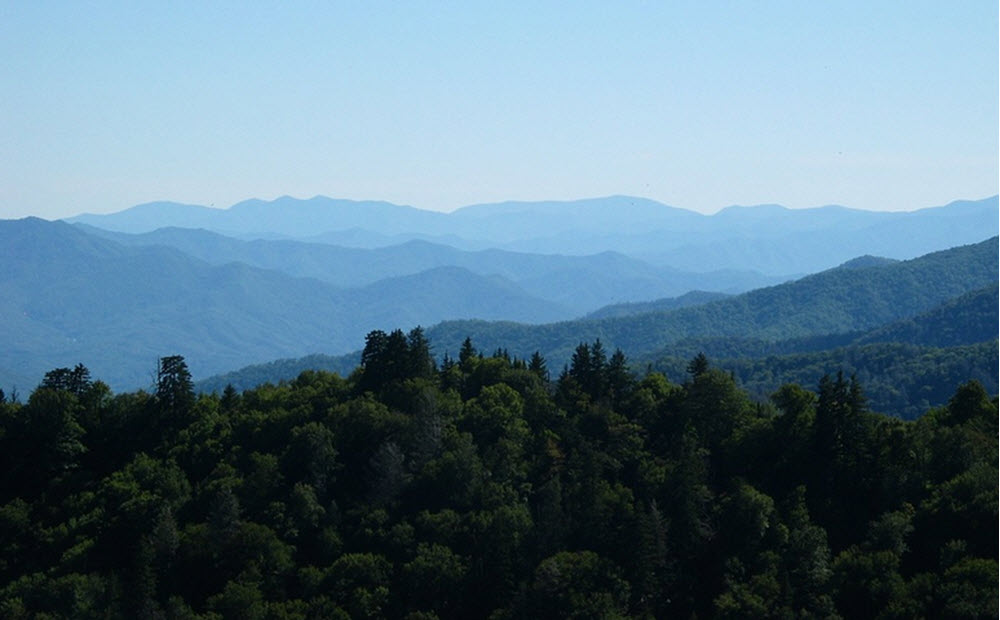Appalachia
Contents
Appalachia is a region in the United States that stretches from the Catskill Mountains at the southern tip of New York state to northern Alabama, Mississippi, and Georgia. It encompasses parts of 13 states and is home to over 25 million people. The Appalachian Mountains, from which the region derives its name, are among the oldest mountains on Earth and serve as the backbone of the area, influencing its topography, climate, and culture.
The Appalachian region is known for its stunning natural beauty, characterized by rugged mountains, dense forests, and rich biodiversity. It includes several national parks and forests, such as the Great Smoky Mountains National Park, which is among the most visited national parks in the United States. The Appalachian Trail, spanning approximately 2,200 miles from Georgia to Maine, offers hikers a glimpse into the region’s diverse landscapes and ecosystems.

Culture
Appalachian culture is deeply influenced by its history and geography. It is known for its strong sense of community, traditional music (particularly bluegrass and old-time music), and crafts such as quilting and woodworking. The region’s storytelling tradition reflects its rich oral history and folklore.
History
The history of Appalachia is as rich and complex as its landscapes. Native American tribes, including the Cherokee and Shawnee, were the first inhabitants of the region. European settlers arrived in the 18th century, and the area became a crucial frontier zone. The discovery of coal in the 19th century transformed Appalachia’s economy, leading to a boom in mining and logging industries. However, this also led to significant economic challenges and environmental degradation over time.
Dialect
The Southern Midland dialect of English is spoken chiefly in central and southern Appalachia, while the Northern Midland dialect is spoken in the northern parts of the region. Pittsburgh English (”Pittsburghese”) is strongly influenced by the Midland dialect.
Environmental challenges
Appalachia’s environment has been significantly impacted by industrial activities, particularly coal mining. Issues such as mountaintop removal mining, deforestation, and water pollution have led to habitat loss and health problems for local communities. Conservation efforts and environmental regulations have been implemented to address these challenges, aiming to preserve the region’s natural beauty and resources for future generations.
Hiking the Appalachian Trail
The Appalachian Trail (the A.T.) is a hiking trail extending almost 2,200 miles from Mount Katahdin in Maine to Springer Montain in Georgia. Along its way, it passes through 14 states, eight national forests and two national parks. It largely follows the ridge line of the Appalachian Mountains, and crosses several of the higher peaks. For most of its stretch, the trail runs through wild lands, but some portions traverse farms, towns and roads.
The trail was first proposed in the early 1920s and completed in 1937. Along more than 99% of its course, the Appalachian Trail is today protected by federal or state ownership of the land or by right-of-way. In an average year, over 3 million people hike at least one segment of the trail.
The Appalachian Trail is maintained by a variety of organizations, including volounteer organizations and governmental agencies. Efforts are coordinated by the Appalachian Trail Conservancy (ATC) and trails are maintained by 30+ trail clubs. Examples of governmental agencies that are involved are the National Park Service and the U.S. Forest Service.
A person who hikes the full lenght of the trail (in either direction) is called a thru-hiker. According to the ATC, the number of attempted and completed thru-hikes have been rising steadily since 2010. According to the most recent numbers, around 3,000 persons attempt a thru-hike in a season, but only a quarter of them succeed.
Affiliated extensions
In the north, hikers can connect to the International Appalachian Trail and continue into Canada.
In the south, hikers can connect to the Eastern Continental Trail and continue into Alabama and Florida.
Trail communities
Towns and villages adjacent to the trail are important pit stops for hikers who need to stock up on food, obtain other supplies or rest. The Appalachian Trail Conservancy lists 40+ communities that have qualified for the A.T. Community program.
The future of Appalachia
Despite its natural resources, Appalachia has faced a lot of economic hardship. The decline of coal mining and manufacturing industries has led to high unemployment rates and poverty in many areas. However, efforts to diversify the economy have been underway, focusing on sectors such as tourism, agriculture, and renewable energy.
There are numerous initiatives aimed at improving the quality of life in Appalachia, focusing on economic development, education, and healthcare. Organizations like the Appalachian Regional Commission work to create opportunities and support sustainable growth. There’s a growing emphasis on preserving the cultural heritage of Appalachia while promoting its development.
The future of Appalachia lies in balancing economic growth with environmental conservation and cultural preservation. The region’s natural beauty, combined with its rich cultural traditions, offers a unique potential for tourism and sustainable industries. By addressing the longstanding challenges of poverty and environmental degradation, Appalachia can move towards a more prosperous and sustainable future.
Appalachia’s story is one of resilience and diversity. Its mountains have shaped the life and spirit of its people, creating a region that, despite its challenges, remains a testament to the beauty and endurance of the natural and human landscapes.